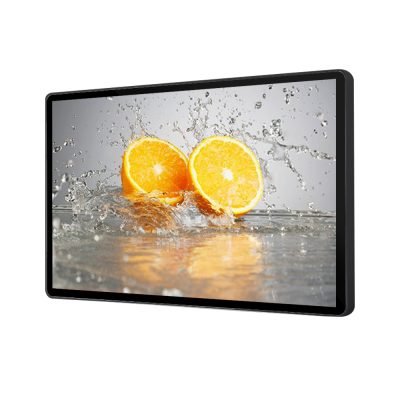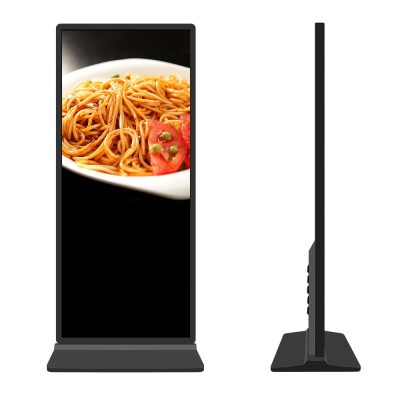Customizing LED video walls for unique spaces is essential to ensure that the installation seamlessly integrates with the environment and meets the specific needs and aesthetics of the space. Here are steps and considerations for customizing LED video walls:
- Assess the Space:
- Begin by thoroughly assessing the unique characteristics of the space, including its dimensions, layout, lighting conditions, and viewing angles.
- Identify any architectural elements, obstacles, or challenges that may impact the installation.
- Define Objectives:
- Clearly define the objectives of the LED video wall installation. What is the primary purpose of the display? Is it for information, entertainment, branding, or a combination of these?
- Aspect Ratio and Resolution:
- Determine the ideal aspect ratio and resolution for the LED video wall based on the content to be displayed and the viewing distance. This will ensure that visuals are sharp and well-suited to the space.
- Custom Panel Sizes and Shapes:
- Consider using custom-sized or shaped LED panels to fit the space more precisely. Curved, concave, or irregular arrangements can add visual interest and uniqueness.
- Bezel Width:
- The width of the bezels (the frame around each LED panel) affects the overall seamlessness of the display. Choose LED panels with ultra-narrow bezels or explore bezel-less options for a more cohesive look.
- Content and Purpose:
- Tailor the content to the space and its purpose. For example, if the LED video wall is in a retail environment, use it for product promotions and interactive displays.
- Integration with Architecture:
- Work with architects and designers to seamlessly integrate the LED video wall into the architecture of the space. This may involve recessed installations, custom framing, or embedding the display into walls or fixtures.
- Ambient Lighting Control:
- Implement ambient lighting control systems to ensure that the LED video wall remains visible and impactful under various lighting conditions. This may include dimming or adjusting the screen brightness based on ambient light levels.
- Interactive Features:
- Consider adding interactive elements to the LED video wall, such as touch capabilities or motion sensors, to engage viewers and create a unique user experience.
- Content Management System:
- Choose a content management system (CMS) that allows for easy customization and scheduling of content to suit different occasions, seasons, or events.
- Sound Integration:
- If audio is part of the experience, integrate speakers and sound systems that complement the visuals and provide an immersive audiovisual experience.
- Accessibility:
- Ensure that the LED video wall installation adheres to accessibility standards, making it usable by all individuals, including those with disabilities.
- Future Expansion:
- Plan for future expansion or upgrades. Ensure that the LED video wall system is scalable to accommodate additional panels or technology improvements.
- Safety and Regulations:
- Adhere to safety regulations and codes, including fire codes, electrical standards, and ADA compliance, as applicable.
- Professional Installation:
- Work with experienced professionals or contractors who specialize in LED video wall installations to ensure a successful and customized outcome.
- Testing and Optimization:
- Thoroughly test and optimize the LED video wall to confirm that it meets the desired specifications and objectives for the unique space.
Customizing LED video walls for unique spaces requires a combination of technical expertise, design sensibility, and a deep understanding of the space’s purpose and audience. Collaboration among architects, designers, A/V specialists, and content creators is often essential to achieve a tailored and visually striking result.















